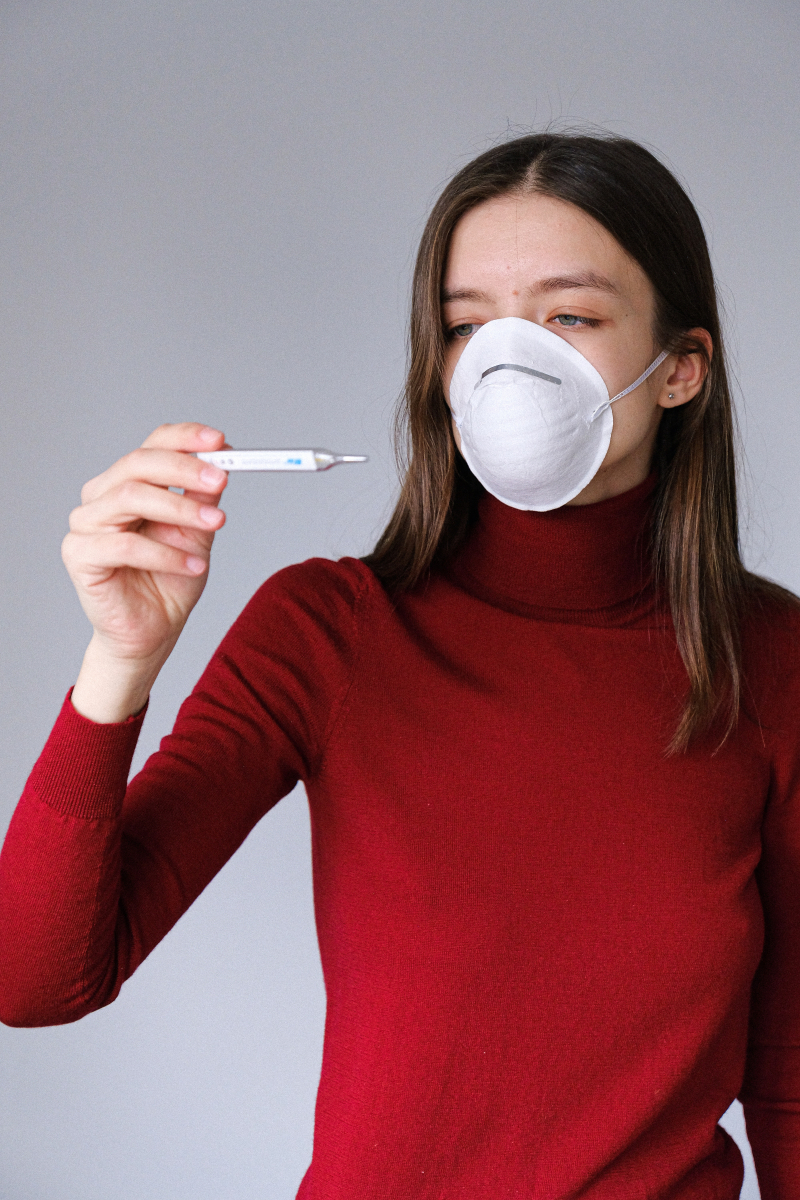Fever

The most characteristic symptom of malaria is fever. Some individuals may have the characteristic malaria paroxysm, which features periods of illness interspersed with symptom-free time, as the disease worsens. There are three sequential stages in the malaria paroxysm. The initial stage lasts for 15 to 60 minutes and is marked by shivering and a cold sensation. The next stage is the 2- to 6-hour hot stage, which is characterized by a fever that can occasionally exceed 41°C, flushed, dry skin, frequent headache, nausea, and vomiting. The patient sweats and the fever reduces quickly throughout the 2- to 4-hour period of sweating. The periodic febrile reaction is brought on by mature schizont rupture in all forms of malaria.
In P vivax and P ovale malaria, a brood of schizonts matures every 48 hours, resulting in tertian ("tertian malaria") and quartan ("quartan malaria") periodicities of fever. In P malariae illness, fever occurs every 72 hours. Falciparum malaria fever can happen every 48 hours, but it frequently comes and goes with no clear regularity. The absence of periodic, synchronized fevers does not rule out a diagnosis of malaria because these traditional fever patterns are typically not present early in the course of malaria.









